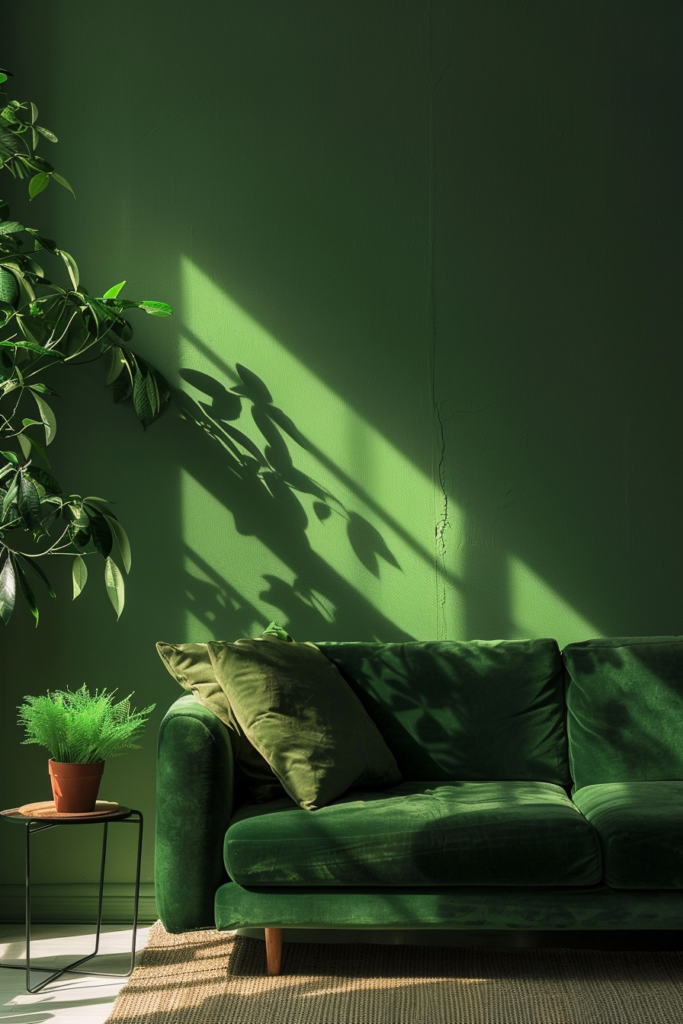Sink into the comfort of Wabi Sabi couches, where every curve and cushion invites you to embrace the beauty of imperfection. This article celebrates the art of relaxed living, showcasing couches that combine plush comfort with rustic charm. From overstuffed cushions to worn leather upholstery, discover how to create living spaces that welcome you to unwind, relax, and find solace in the simple pleasures of everyday life.



















































Follow Quiet Minimal on Pinterest for more home design tips and inspiration.


